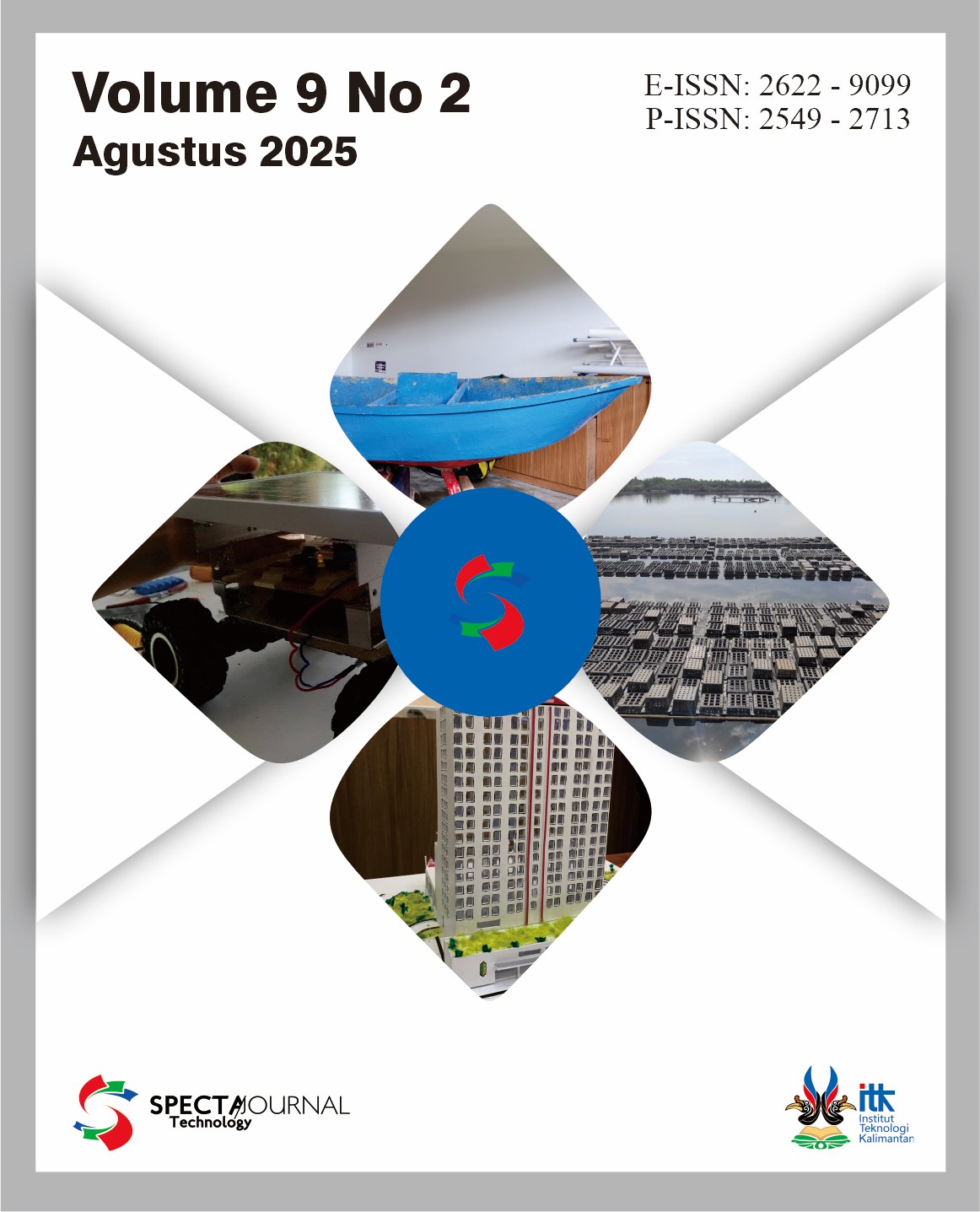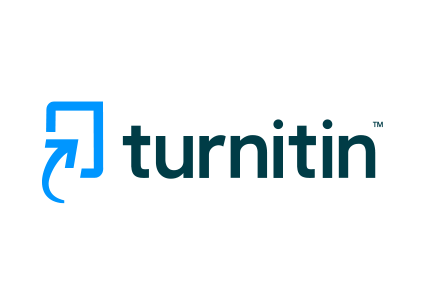Prediction of the Three Sub-Districts with the Highest Waste Generation among 14 Sub-Districts in Rembang Regency Using Simple Linear Regression Method
Keywords:
Prediction of population and amount of waste generated, Simple linear regression model, Prediction of the amount of waste generatedAbstract
Waste has become a complex and global issue, faced by countries around the world, including Indonesia, regardless of their developmental status. The increasing population in Rembang Regency each year results in a rise in waste production. Since the increase in waste volume is not proportional to consumption, it is necessary to categorize and predict the amount of waste generated across 14 sub-districts. The simple linear regression method has shown good predictive capabilities.The objective of this research is to study the concepts, analyze waste management, develop linear regression models, and evaluate waste generation results. Evaluation results for estimation indicate that the first rank is in Rembang Sub-district with a waste generation amount of 68,398 tons and an increase of 1,063 tons over five years. The second rank is in Sedan Sub-district with a waste generation amount of 43,690 tons and an increase of 877 tons over five years. The third rank is in Kragan Sub-district with a waste generation amount of 49,744 tons and an increase of 805 tons over five years.Based on predictions for the population and waste generation from 2024 to 2028, considering the factors of waste generation and the main factor of increased waste. In this case, the average population increase will be used to estimate the population over the next five years, leading to predictions for population and waste generation from 2024 to 2028. The top three sub-districts with the highest increases in waste are Rembang Sub-district, Sedan Sub-district, and Kragan Sub-district. Therefore, several recommendations can be provided to address the waste generation issues in Rembang Regency.
Downloads
Published
How to Cite
Issue
Section
License
Copyright (c) 2025 muhammad misbakhul

This work is licensed under a Creative Commons Attribution-NoDerivatives 4.0 International License.
Authors retain copyright and grant the journal right of first publication with the work simultaneously licensed under a Attribution-NoDerivs 4.0 Generic(CC BY-ND 4.0) that allows others to share the work with an acknowledgement of the work's authorship and initial publication in this journal.




















